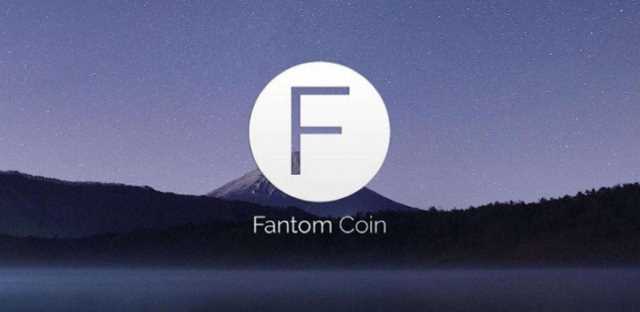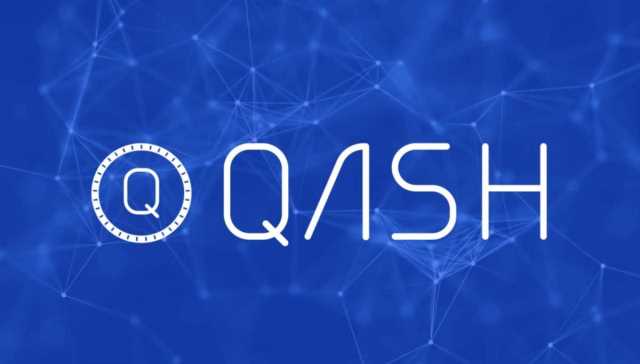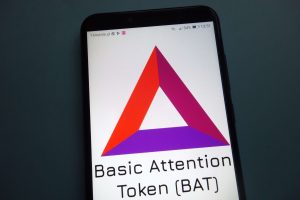
A Digital Signature is a unique cryptographic signature using a private key. Similar to physically signing a credit card transaction; digital signatures are for signing bitcoin transactions. Only someone with access to a private key is able digitally sign a transaction. Bitcoin uses peer-to-peer technology to operate with no central authority or banks; managing transactions and the issuing of bitcoins is carried out collectively by the network.
Bitcoin Vocabulary
Each address is a unique alphanumeric identifier of approximately 35 characters and has a corresponding private key. Opcode which returns true if one or more provided signatures (m) sign the correct parts of a transaction and match one or more provided public keys (n). A data type identifier and a hash; used to identify transactions and blocks available for download through the Bitcoin P2P network. The process used by a new node (or long-offline node) to download a large number of blocks to catch up to the tip of the best block chain. A score indicating the number of blocks on the best block chain that would need to be modified to remove or modify a particular transaction. A confirmed transaction has a confirmation score of one or higher.

Mining Algorithm

Mining is the act of creating valid Bitcoin blocks, which requires demonstrating proof of work, and miners are devices that mine or people who own those devices. Denominations of Bitcoin value, usually measured in fractions of a bitcoin but sometimes measured in multiples of a satoshi. An ECDSA public key that is 33 bytes long rather than the 65 bytes of an uncompressed public key. An 80-byte header belonging to a single block which is hashed repeatedly to create proof of work.
Dust Transactions
First, it’s not printed by governments or banks, which means that it’s not legal tender. Learn all of the most important blockchain and cryptocurrency terms and jargon here. A web wallet is an online wallet that stores your bitcoin on the cloud or under the custody of a third party custodian such as a bitcoin exchange.
A Normie can also be anyone who simply knows nothing about bitcoin. KYC is short or Know Your Customer and are a common set of financial surveillance regulations that are being implemented in the bitcoin industry. Inputs are the fractions of a bitcoin that are destroyed to generate the outputs in a transaction. The Halving, or halvening is when the Bitcoin block reward is cut in half.
We’ve teamed up with Koinly to deliver your essential Australia Crypto Tax Guide 2024. In this guide, we’ll break down 5 simple strategies that can help you save thousands of dollars on your tax return while staying compliant with Australian tax law. The bit is referred to as the sub-unit of Bitcoin – 1,000,000 bits is equal to 1 bitcoin (BTC). It’s used with this meaning in the context of money, prices and statistics.
- Discussions on federated learning discussed the importance of developing AI models that protect user data while enabling technological advancement.
- Selecting transactions for mining not just based on their fees but also based on the fees of their ancestors (parents) and descendants (children).
- This unit is usually more convenient for pricing tips, goods and services.
- Many interpreted this approval as a significant validation of the cryptocurrency.
- In order to do so, please follow the posting rules in our site’s Terms of Service.
- The process of being included into the block is called the confirmation process.
Secure Proof of Stake (SPoS)
On-Chain refers to any transaction that takes place on the blockchain. All on-chain transactions are publicly recorded and visible on the blockchain. Mt. Gox was one of the first bitcoin exchanges and one of the only places that you could trade bitcoin in the early days of Bitcoin. One of the famous days in bitcoin was when Mt. Gox was hacked resulting in the loss of 850,000 bitcoins. To this day, it remains one of the largest hacks in Bitcoin history. Mixing is the generic term for CoinJoin which is the act of joining your bitcoin with others to increase privacy by making it difficult to follow ownership of bitcoin on the blockchain.
Central Bank Digital Currency (CBDC)
A well-formed block which is no longer part of the difficultywise-longest and well-formed blockchain. Not to be confused with an Orphan Block (which has no known parent in the longest block Bitcoin Vocabulary chain). Outstanding transactions get bundled into a block and are verified roughly every ten minutes on average. Each subsequent block strengthens the verification of previous blocks.

Consensus Mechanism
It’s a narrative told through everyday actions such as going to the grocery store and trading dollar bills for milk, eggs and doughnuts. As a society, we believe in the story of the intrinsic value of currency. This mass belief is incredibly important for society’s wellbeing.
